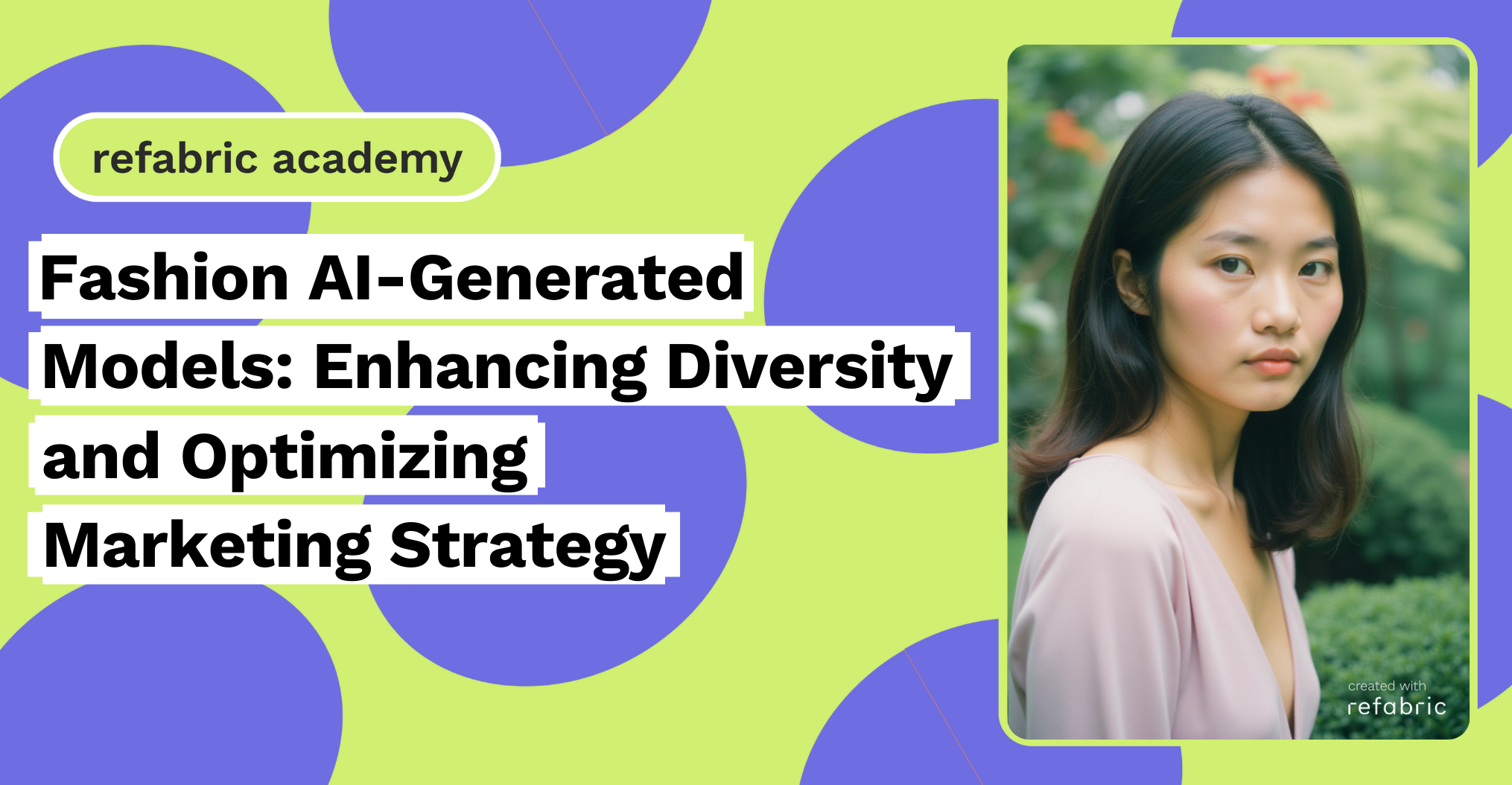The fashion industry is no stranger to innovation, but the rise of fashion AI-generated models marks a seismic shift in how brands think about representation, diversity, and marketing. These digital creations, crafted with the help of artificial intelligence, are quickly gaining traction as cost-effective, inclusive, and infinitely customizable alternatives to traditional modeling. From social media campaigns to e-commerce platforms, fashion AI models are reshaping the visual language of fashion and challenging long-standing norms.
A New Era of Representation
One of the most powerful promises of AI-generated models is their ability to reflect a broader range of body types, ethnicities, ages, and abilities. Unlike traditional modeling, where representation often depends on limited casting calls and high production budgets, fashion AI tools can create an array of models that mirror the diverse identities of global consumers. For fashion brands striving to be more inclusive and socially conscious, this technology offers an efficient way to align their visuals with their values.
H&M is one of the first major retailers taking a collaborative approach to this new era of digital representation. The brand is working directly with models and their agencies to create digital replicas—or “digital twins”—of 30 different models in 2025. These replicas will be used in AI-generated images across marketing campaigns, e-commerce, and social media. But what sets H&M’s approach apart is the emphasis on ownership and agency: the models themselves will retain the rights to their digital twins.
According to the company, the decision to put control in the hands of the models is deliberate. It ensures that each model has the ability to license their virtual likeness not just to H&M, but also to other brands, including H&M’s competitors. This model-centric approach is designed to empower talent rather than replace it, setting a precedent for ethical use of AI in fashion marketing.
Efficiency Meets Creativity
Beyond inclusivity, fashion AI-generated models bring remarkable cost and time savings. Traditional photoshoots can be expensive and logistically complex, involving everything from booking talent and crew to securing locations and coordinating post-production edits. With fashion AI, brands can generate a variety of high-resolution model images in different poses and outfits, without ever stepping into a studio.
For fast-fashion brands or direct-to-consumer labels with frequent drops, this kind of scalability is a game-changer. It accelerates content production while reducing the environmental and financial costs associated with traditional campaigns. Moreover, these digital tools open the door to creative storytelling. Fashion AI-generated models can appear in fantastical environments, embody futuristic aesthetics, or shift styles instantly, all through the power of generative design.
Marketing for the Digital Age
The use of fashion AI models is also transforming how brands connect with consumers online. In the age of TikTok, Instagram, and virtual storefronts, static photography is no longer enough. AI-generated avatars can be animated, personalized, or even interactive, enhancing engagement across digital touchpoints.
Virtual try-on technologies and 3D garment simulations are already helping consumers visualize how clothing fits on different body types. AI-generated models take this one step further, enabling ultra-targeted marketing. Brands can tailor visuals to resonate with specific demographics, geographies, or style preferences, unlocking a more relevant and emotionally resonant shopping experience.
Unlocking New Possibilities with Fashion AI
The adoption of AI-generated models isn’t just a technological advancement, it’s a creative breakthrough. These digital models generated by fashion AI tools, enable brands to experiment with new forms of visual storytelling that go beyond the limitations of traditional photography. Imagine a campaign where garments are styled across global backdrops, in multiple body types and skin tones, all rendered within hours. Fashion AI-generated models make this not only possible but scalable.
They also support sustainability. By reducing the need for travel, physical samples, and large-scale production shoots, fashion AI models help minimize the carbon footprint associated with traditional fashion marketing. This aligns with the growing demand for more responsible and eco-conscious business practices in the industry.
In education and emerging markets, AI-generated models level the playing field. Independent designers, students, and small businesses can now access tools once reserved for large brands with extensive budgets. This democratization of creativity means more diverse voices, perspectives, and aesthetics can reach the global stage.
To sum up, fashion AI-generated models are no longer science fiction, they are the new face of fashion marketing. As brands like H&M begin to adopt these tools at scale, we are witnessing a shift not just in aesthetics but in the very mechanics of representation and outreach. By blending inclusivity with efficiency, fashion AI models are paving the way for a more diverse and dynamic fashion future, one digital pixel at a time.
